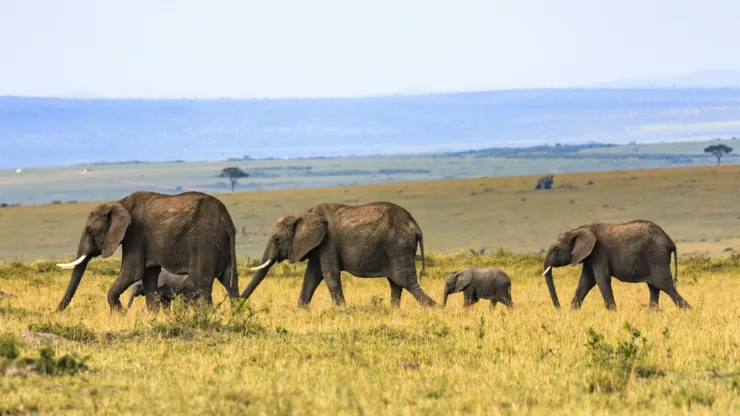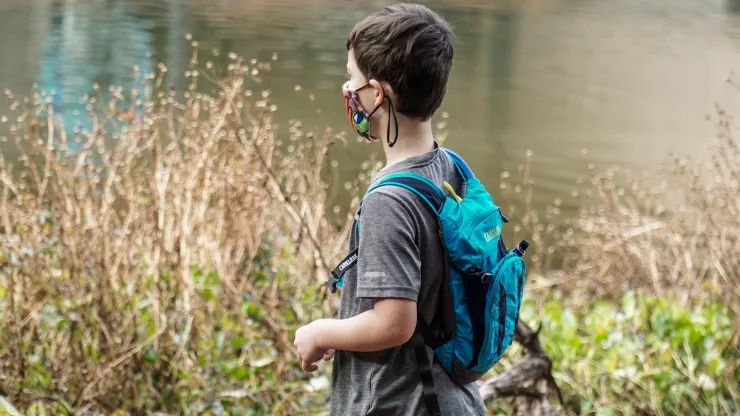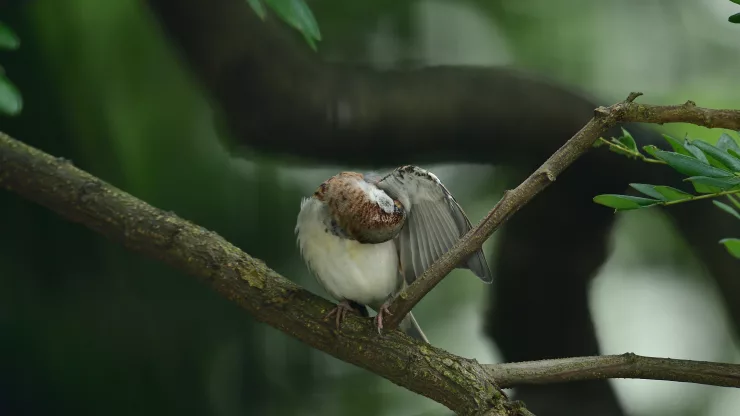Urban Wildlife Education: Inspiring a Love for Nature in Cities
As cities continue to grow, the importance of urban wildlife education becomes more apparent.
With the majority of the world’s population living in urban areas, it’s crucial to connect people with nature in these environments.
Urban wildlife education programs provide opportunities for individuals to learn about the biodiversity that exists within cities, promote sustainable living practices, and inspire a love for nature that can last a lifetime.
Jump to Section
Introduction
Urban wildlife education programs aim to connect individuals with the nature that exists within the cities they call home.
These programs can take many forms, from educational workshops to guided nature walks.
By providing opportunities for individuals to engage with urban wildlife, these programs promote environmental stewardship, enhance biodiversity, and improve the overall quality of life in cities.
The Growing Importance of Urban Wildlife Education
As urbanization continues to increase, so does the need for urban wildlife education programs.
The majority of the world’s population now lives in urban areas, and this trend is only expected to continue.
As cities continue to grow, it’s important to ensure that individuals living in these environments have access to opportunities to connect with nature.
The Benefits of Urban Wildlife Education
Urban wildlife education programs provide a wide range of benefits to both individuals and communities.
Here are just a few of the ways that these programs can enhance urban environments:
Connecting People with Nature in Urban Settings
Urban wildlife education programs provide individuals with the opportunity to learn about the biodiversity that exists within their cities.
By providing opportunities for individuals to connect with nature, these programs can improve mental health, reduce stress, and increase overall well-being.
Enhancing Biodiversity in Cities
Urban environments can be challenging for wildlife, but urban wildlife education programs can help to enhance biodiversity.
By teaching individuals about the importance of preserving natural habitats and promoting sustainable living practices, these programs can help to create healthier and more vibrant urban ecosystems.
Promoting Sustainable Living
Urban wildlife education programs can also help to promote sustainable living practices.
By educating individuals about the impact of their actions on the environment, these programs can inspire individuals to make more environmentally friendly choices in their daily lives.
Challenges and Opportunities in Urban Wildlife Education
While urban wildlife education programs offer many benefits, there are also several challenges that must be addressed.
Here are a few of the challenges and opportunities that exist in this field:
Overcoming Barriers to Connecting with Nature in Cities
One of the biggest challenges in urban wildlife education is overcoming barriers to connecting with nature in cities.
Urban environments can be noisy, polluted, and full of distractions, making it difficult for individuals to engage with their surroundings.
To overcome this challenge, urban wildlife education programs need to be designed to meet the unique needs of urban communities.
Effective Strategies for Engaging Urban Communities with Wildlife
To be effective, urban wildlife education programs need to engage urban communities with wildlife in a meaningful way.
This can be achieved through a variety of strategies, including educational workshops, guided nature walks, and community events.
The Role of Technology in Urban Wildlife Education
Technology can also play an important role in urban wildlife education.
Mobile apps, virtual reality experiences, and social media campaigns can all be used to engage individuals with urban wildlife and promote environmental stewardship.
Successful Examples of Urban Wildlife Education Programs
There are many successful examples of urban wildlife education programs around the world. Here are just a few:
Case Study: The National Audubon Society’s Urban Conservation Program
The National Audubon Society’s Urban Conservation Program works to protect urban habitats and connect individuals with nature in cities across the United States.
Through educational workshops, guided nature walks, and community events, this program has helped to enhance biodiversity and promote environmental stewardship in urban environments.
Case Study: The Wildlife Conservation Society’s Urban Wildlife Initiative
The Wildlife Conservation Society’s Urban Wildlife Initiative works to promote the coexistence of humans and wildlife in urban environments.
Through research, education, and community engagement, this program has helped to enhance biodiversity and improve the overall quality of life in cities around the world.
Case Study: The City of Austin’s Urban Wildlife Education Program
The City of Austin’s Urban Wildlife Education Program provides a range of educational opportunities for individuals to learn about the wildlife that exists within the city.
From birding workshops to guided nature walks, this program has helped to connect individuals with nature and promote environmental stewardship in the city.
Inspiring a Love for Nature in Cities: The Importance of Urban Wildlife Education
Urban wildlife education programs provide important opportunities for individuals to connect with nature in the cities they call home.
By enhancing biodiversity, promoting sustainable living practices, and inspiring a love for nature, these programs can help to create healthier and more vibrant urban environments for generations to come.
FAQ
What are urban wildlife education programs?
Urban wildlife education programs provide opportunities for individuals to connect with the nature that exists within the cities they call home.
These programs can take many forms, from educational workshops to guided nature walks.
Why are urban wildlife education programs important?
Urban wildlife education programs are important because they provide individuals with the opportunity to learn about the biodiversity that exists within their cities, promote sustainable living practices, and inspire a love for nature that can last a lifetime.
How can technology be used in urban wildlife education?
Technology can be used in urban wildlife education to engage individuals with urban wildlife and promote environmental stewardship.
Mobile apps, virtual reality experiences, and social media campaigns can all be effective tools for reaching urban communities.
I’m a nature enthusiast and creator of Metro Wilds and have spent years exploring the great outdoors.
With a passion for environmental conservation and sustainability, I have dedicated my career to writing about the beauty and wonders of nature, as well as the threats facing our planet.
Contact me at [email protected] for assistance.





